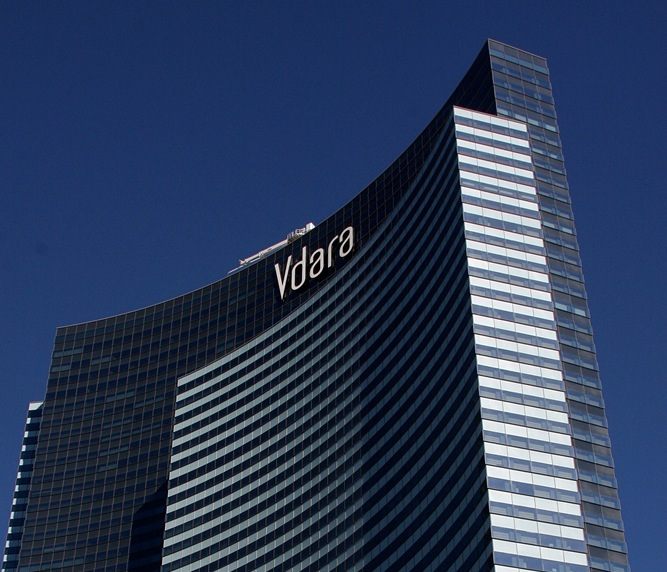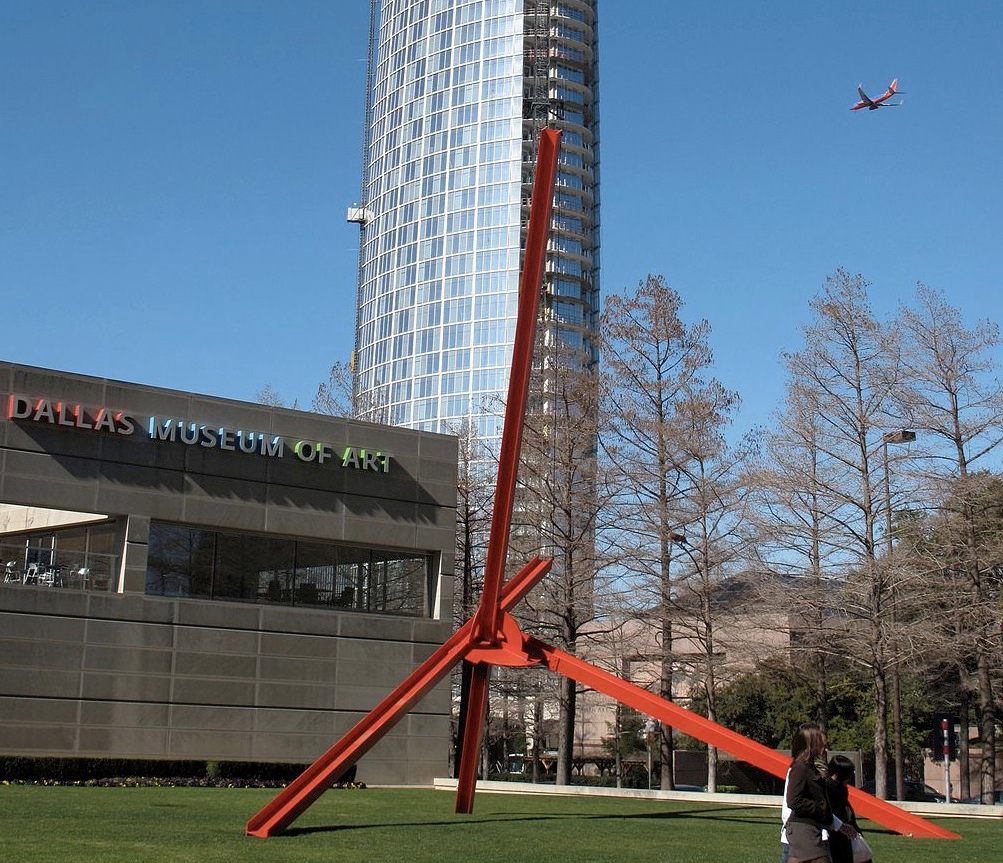When Buildings Attack: Melted Cars, Ruined Art, and Other Troubles With Solar Convergence
 20 Fenchurch Street, aka “The Fryscraper” (photo by Luc Mercelis / Flickr)
20 Fenchurch Street, aka “The Fryscraper” (photo by Luc Mercelis / Flickr)
Last September, Londoners experienced a pretty unusual architectural phenomenon: One of the city’s newest luxury towers, the half-finished 525-foot-tall skyscraper at 20 Fenchurch St., began inexplicably shooting a “parabolic death ray” hot enough to melt cars. The massive building’s glass façade with its unusually wide top was concentrating sunlight to the point that it created a reflected hotspot of up to 230ºF — much higher than the boiling point of water. In addition to the roasted Jaguar, the “Fryscraper” set a barber shop’s carpet on fire and shattered a restaurant’s slate floor tiles. It also, naturally, became a tourist attraction, with people gathering in the unseasonably warm afternoons to fry eggs and toast baguettes in the glare.
Surely the building’s designer was mortified by the results of his creation, right? Well, no. When architect Rafael Viñoly was questioned about his flawed design, he heartily deflected, blaming consultants, global warming, cost-cutting developers, and the sun’s elevation. This was an especially galling disavowal of responsibility because the science of solar reflectivity analysis has been gaining traction for several years. There are many tools, firms, and even apps available to architects and developers to help avoid just this problem. Especially damning for Viñoly is that the “death ray” issue was not actually unprecedented. And the last time a high-profile building had had problems of this nature, it was also one he’d designed.

Vdara Hotel in Vegas (photo by brx0 / Flickr)

In 2010 guests at the Vdara Hotel in Las Vegas began complaining that sometimes the sun got so hot on the pool deck that it melted plastic cups and bags. One man even attested that it scorched his hair. Hotel staff was already aware of the problem, which they had dubbed the “Vdara death ray,” though management insisted on calling it “solar convergence phenomenon.”
This too was a design issue: the building’s energy-efficient windows, which are meant to reflect sunlight to cut cooling costs, were the culprit. Vdara’s designers, led by Viñoly, had been aware of the potential problems this could cause, and the windows of the hotel had been preemptively covered with a custom film to reduce the sun’s effects by 70 percent. But it wasn’t enough. The problem was difficult to correct with easy fixes like strategically placed shrubbery and umbrellas, because due to the earth’s rotation, the “death ray” hit a different spot each day. Eventually the Vdara’s pool was overhung with a large sail-like shade.
 Museum Tower towering over the Nasher Sculpture Center garden (photo by Justin Cozart / Wikimedia)
Museum Tower towering over the Nasher Sculpture Center garden (photo by Justin Cozart / Wikimedia)
Viñoly’s buildings are not the only ones that have had these issues. Sometimes it happens in private homes — from Boston to Minnesota there have been reports of people blaming their neighbors’ windows for melting their vinyl siding. Earlier this year in South London a house fire was traced to sunlight refracting off a crystal doorknob, which set a nearby dressing gown ablaze, resulting in thousands of pounds worth of damage. And in Dallas, a bitter battle is still raging between the Nasher Sculpture Center and the nearby 42-story luxury high rise, Museum Tower, the glare from which has destroyed art pieces, like James Turrell’s “Tending, (Blue),” and jeopardized grass and trees.
More than the energy-efficient windows or the various materials used to make the buildings, the physics behind solar convergence happens when the surface of the building curves inward, causing it to “act as a solar cooker,” reflecting concentrated sunlight onto neighboring objects or surfaces. Particularly in non-urban environments, this can also be harnessed for good, like at the world’s largest solar furnace at the Odeillo commune in the Pyrenees mountains, which uses 10,000 concave mirrors to focus the sun’s rays, heating up to 5,430 degrees Fahrenheit.
 Solar Furnace at Odeillo Font-Romeu, France (photo by Florian / Flickr)
Solar Furnace at Odeillo Font-Romeu, France (photo by Florian / Flickr)
But in cities, as development booms and skylines continue to become ever more dense and buildings climb higher and higher, the science of solar reflectivity analysis is going to become more and more critical. Otherwise, we might all become so many ants under an endless series of enormous mirrored microscopes.


















Follow us on Twitter to get the latest on the world's hidden wonders.
Like us on Facebook to get the latest on the world's hidden wonders.
Follow us on Twitter Like us on Facebook